Mid-range Android phones have gotten really good in the last few years. While they might not beat the likes of the Samsung Galaxy S24 Ultra or the Google Pixel 8 Pro in performance, their incredible value can make it hard to justify the price tag of these high-end phones. Xiaomi’s sub-brand, Poco, is among the key players in the mid-range segment, with its phones standing out for their design and performance.
Building on its strength, the company announced the Poco X6 Pro with impressive specs at the beginning of this year. But as we have seen over the last few years, Poco phones have only stood out for their performance and little else. Is it the same story with the Poco X6 Pro? Or does the phone deliver more than raw performance?
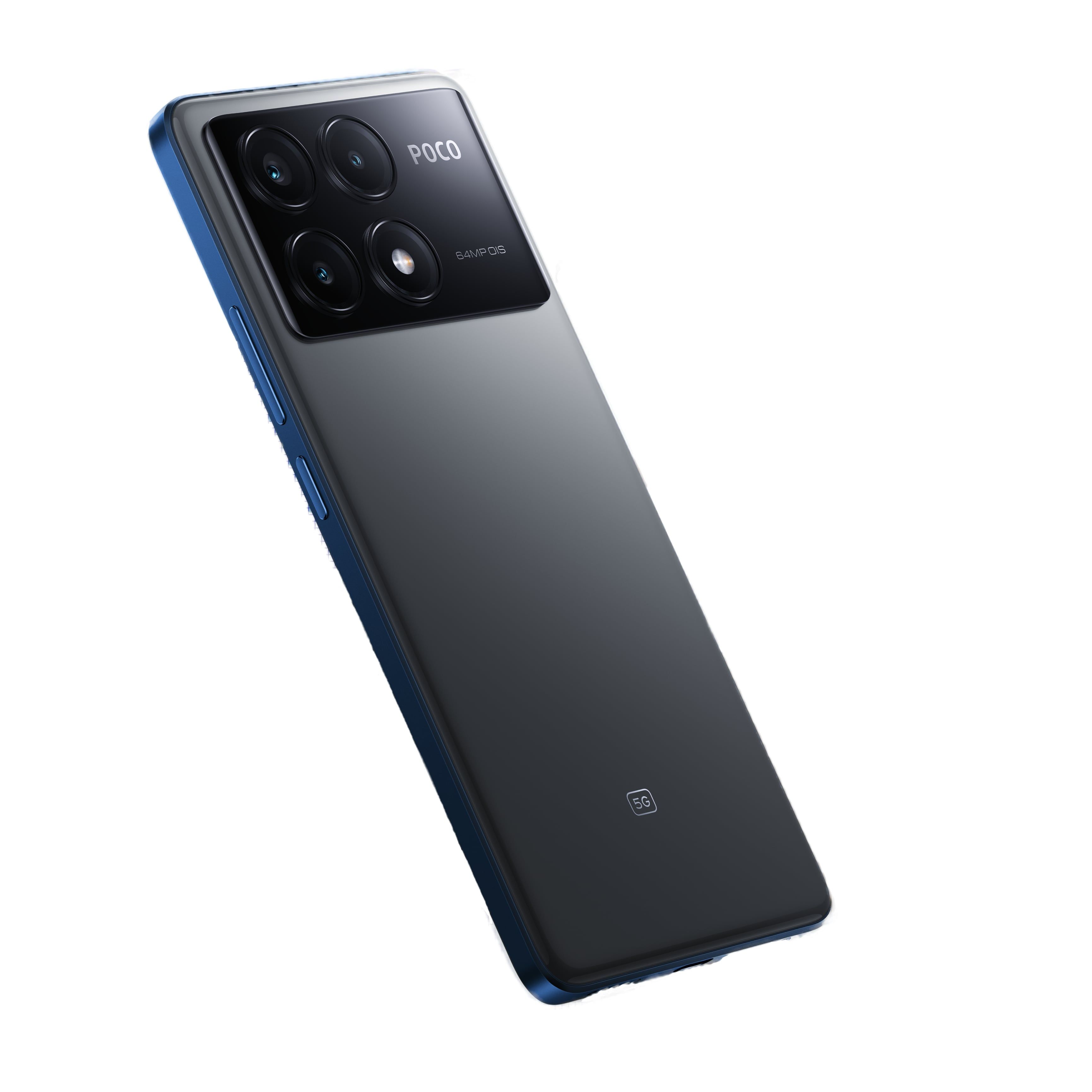
Poco X6 Pro
Like previous flagship X series Poco phones, the Poco X6 Pro stands out for its performance. The stunning 120Hz AMOLED display with super slim bezels complements the sleek design and great performance.
- Stunning display
- Great performance
- Fast charging and handy features like an IR blaster
- Great value for money
- Cameras need work
- HyperOS is still not as refined as the competition
Price, availability, and specs
The Poco X6 Pro was announced in early January 2024 and went on sale soon afterward in parts of Europe, the UK, and Asia. Like other Poco phones, it is not available in the US. In Europe, pricing for the Poco X6 Pro starts from €350. Poco is only selling the 12GB RAM/512GB storage variant of the X6 Pro in the UK for £369. You can get the phone in black, yellow, or gray.
Specifications
- SoC
- MediaTek Dimensity 8300 Ultra
- RAM
- 8/12GB
- Storage
- 256 or 512GB
- Battery
- 5000mAh
- Operating System
- Android 14-based HyperOS
- Front camera
- 16MP f/2.4
- Rear camera
- 64MP f/1.7 with OIS, 8MP ultrawide with f/2.2, 2MP f/2.4 macro
- Dimensions
- 160.45mm x 74.34 x 8.25mm
- Weight
- 186g
- IP Rating
- IP54
- Colors
- Black, Yellow, Grey
- Display type
- AMOLED, up to 120Hz
- Display dimensions
- 6.67″, 20:9
- Display resolution
- 1220 x 2712
- Charge speed
- 67W
- Charge options
- Wired
- Ports
- USB-C
- Cellular connectivity
- mmWave & sub-6 5G, LTE
- Wi-Fi connectivity
- Wi-Fi 6
- Connectivity
- NFC
- Bluetooth
- Bluetooth 5.4
- Price
- From €350
What’s good about the Poco X6 Pro?
All about that display and performance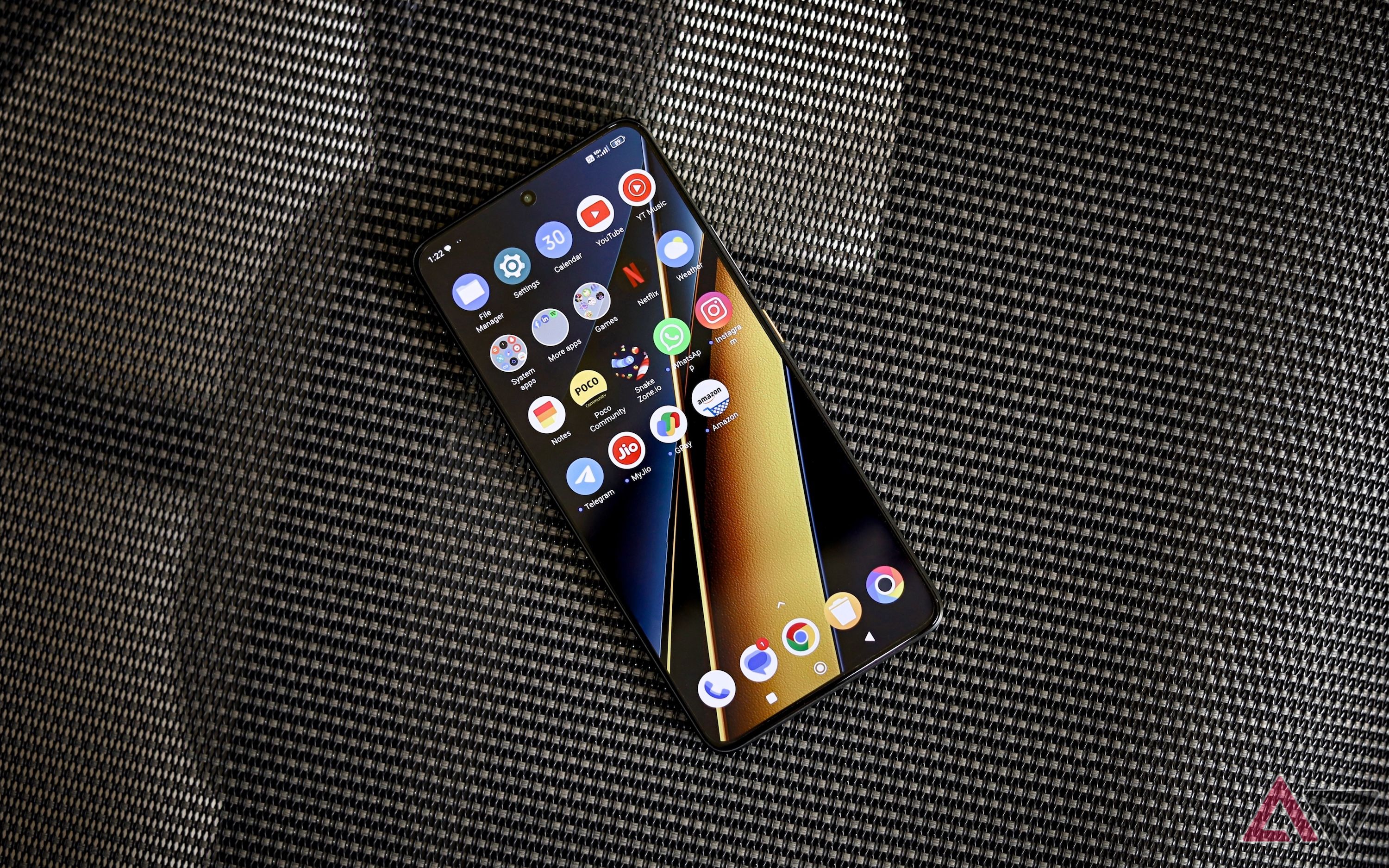
The Poco X6 Pro immediately stands out because of its 6.67-inch 120Hz 1.5K AMOLED display. It has a claimed peak brightness of 1,800 nits when playing HDR content. While I could not verify this number, I never found the display lacking brightness, even when using the phone under direct sunlight. Streaming HDR or Dolby Vision content on the Poco X6 Pro’s display was also a treat for my eyes with the punchy colors and saturation.
Thanks to the super-thin bezels surrounding the screen, the phone looks and feels as premium as some flagship Android phones and is way ahead of its competition.
When switching between the Pixel 8 Pro and the Poco X6 Pro, I could never tell the latter was using an inferior panel. There are slight differences, but they are hard to tell. Surprisingly, the phone also supports Android 14‘s new Ultra HDR format. Poco calls it Pro HDR, and you must enable it manually from the Gallery’s settings.
The loud stereo speakers complement the fantastic display, though I did notice distortion and the lack of bass at high volumes.
I got the phone in the Poco yellow shade for review, which has a vegan leather back, which helps the phone stand out. This further helps give the phone a premium look and feel despite the edges using plastic instead of aluminum. Do note that the other shades of the phone ship with a plastic back.
While not as impressive as the Samsung Galaxy A54, the Poco X6 Pro is IP54 certified, making it dust- and splash-resistant. However, it falls short as most mid-range phones now feature an IP67 or higher rating.
The Dimensity 8300 Ultra SoC might not be the fastest, but I never found it lacking in performance. Over the last month, I have used the Poco X6 Pro as my primary or secondary phone and never faced any performance hiccups. Apps loaded quickly, multitasking with multiple apps and browser tabs was also a breeze.
Coming from the Pixel 8 Pro, the Poco X6 Pro provided a more stable mobile network and Wi-Fi coverage experience. It could pull much faster 5G speeds than the Pixel in many areas, an advantage of its improved modem. And unlike the Pixel, it never got warm when used heavily on mobile data.
Instead of MIUI, the Poco X6 Pro ships with HyperOS — the Chinese company’s new unified OS. HyperOS looks like an updated version of MIUI with smoother animations and additional customization options. What’s impressive about the skin is how smooth and fast it feels. I rarely noticed skipped frames or random slowdowns. Xiaomi has nailed the low-level optimization with HyperOS, and it shows.
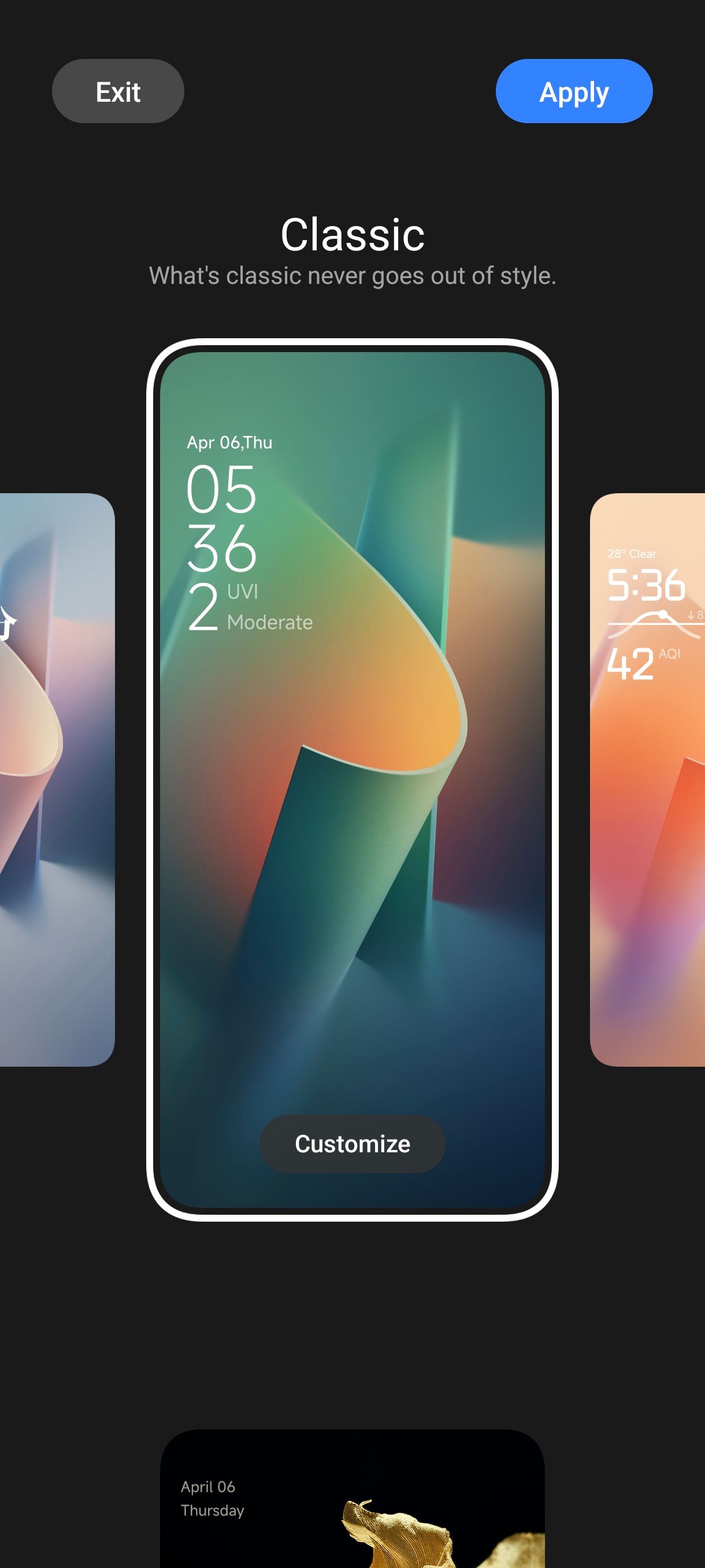
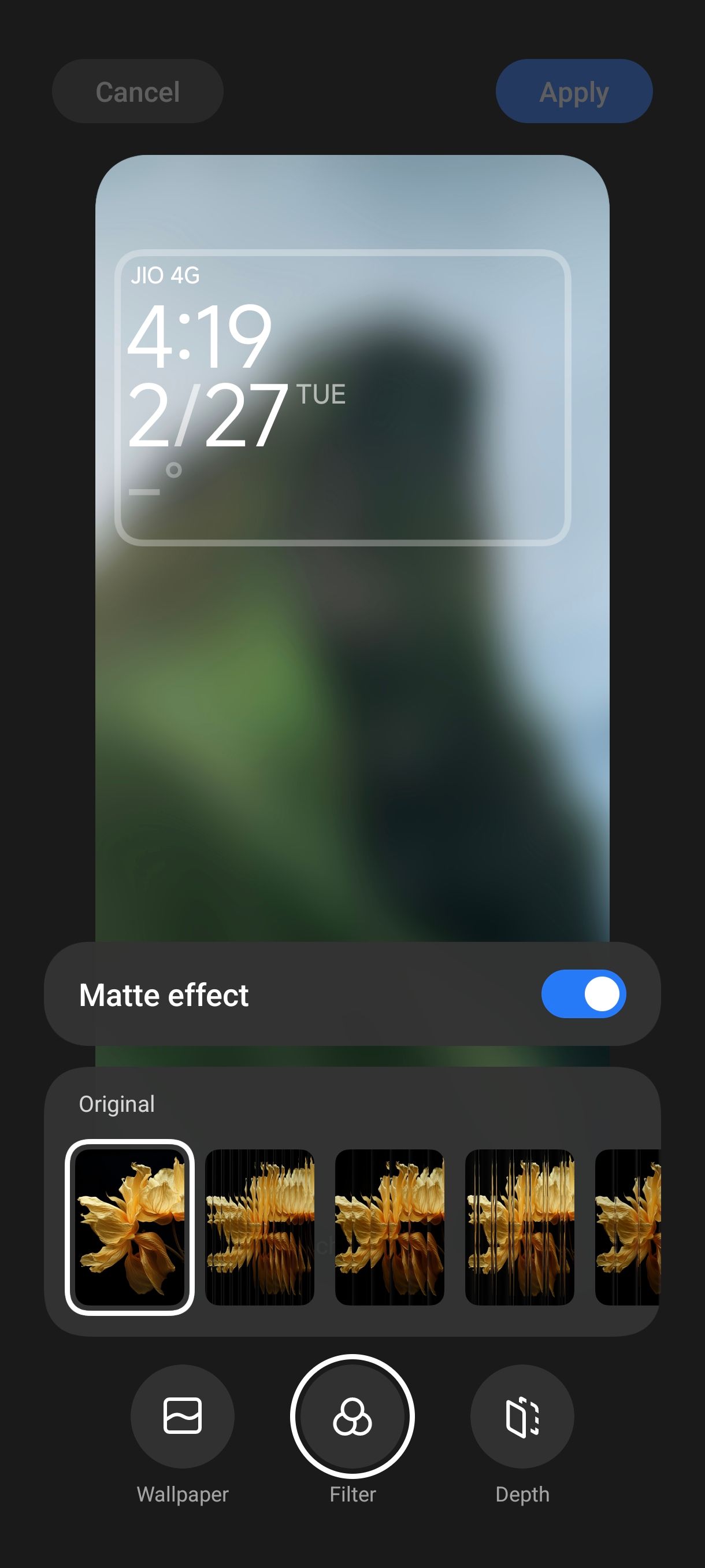
Lock screen customizations in HyperOS are impressive.
HyperOS on the Poco X6 Pro is based on Android 14. Poco promises three years of OS updates and four years of security patches for the phone. So, the Poco X6 Pro should get Android 17 and security patches until early 2028. However, given the company’s track record, don’t expect them to arrive quickly, especially as the device ages.
The IR blaster on the Poco X6 Pro is another underrated but handy addition. I used it to control my TV and other non-smart electronic devices easily. It makes me wish more phones started featuring an IR blaster again, given how useful it is in daily use.
Finally, with a 5,000mAh battery, I expected the phone to last longer (more on this later). While that’s not the case, the 67W fast charging makes up for it. In over a month of usage, all I did was plug the phone in for a charge for 10-15 minutes, and that was enough to top up its battery by 30-40%. Poco claims a 0-100% top-up should take around 45 minutes, which is much faster than the competition. You even get a 67W power adapter bundled in the box. However, it uses a USB-A connector instead of USB-C.
What’s bad about the Poco X6 Pro?
Poco falters again with the cameras
There’s a lot to like about the Poco X6 Pro, but it is not perfect. For starters, despite all the improvements that HyperOS brings, it still looks like an iOS rip-off. The Control Center, home screen, and general UI elements remind you of iOS instead of Android.
Worse, the phone comes with a lot of bloatware and unwanted pre-installed apps. I could count eight unwanted games on the phone alongside the usual bloatware, such as Facebook, Instagram, LinkedIn, Poco Community, and others. This has long been an issue with Xiaomi and Poco phones, and it is sad to see the problem persist with HyperOS. Worse are the ads that appear in the app drawer search.
Yep, the Poco X6 Pro’s app drawer search will show ads as suggestions.
While you can uninstall most bloatware, they should not exist in the first place. There’s also the issue of duplicate apps, with Poco pushing the Mi browser and its Calendar app over Chrome and Google Calendar. The phone even ships with a Play Store alternative, GetApps. Add in the unwanted notifications from these apps, which can get annoying fast, and it’s a frustrating experience.
As I said, I expected a lot more from the Poco’s 5,000mAh battery. While it could get through a day of heavy use, high idle battery drain and excessive power consumption when running heavy apps and games limit the phone’s stamina. So, instead of delivering multi-day battery life, the Poco X6 Pro lasts about a day of heavy use. Not bad, but it should have lasted longer.
Where the Poco X6 Pro falters is the camera. Despite shipping with a 64MP primary camera with OIS, the pictures it captures won’t blow you away. In daylight, the 16MP pixel-binned photos have details, but they are usually on the warmer side. Dynamic range is strictly okay, with some other mid-range phones faring better in this department.
While the Poco does not have a telephoto camera, the sensor has a 2x zoom option. The results are surprisingly decent as long as there’s enough light. The focal length is great for capturing subjects from a distance and can make them pop under the right lighting conditions. Details will take a hit, which is easily evident when you zoom in on the captured subject.
I am not a fan of the 8MP ultrawide camera’s output. The pictures it captures are soft and lack details, even in daylight. You are also limited to recording videos in 1080p resolution at 30fps from the ultrawide, while the primary camera can shoot up to 4K at 30fps. Poco should dump the 2MP macro camera and use the money it saves for a better ultrawide shooter.
The Poco X6 Pro’s camera struggles apart in low light. As long as you have a decent light source, the phone will capture usable but oversharpened pictures. But capturing motion or fast-moving subjects in such scenarios will lead to a blurry mess. But to be fair to Poco, many other Android phones will also struggle in such cases. Still, the Poco X6 Pro’s imaging performance is nowhere close to the Pixel 7a.
The front 16MP selfie camera can capture pictures with decent details. However, the skin tone and exposure were off in most cases. And in low light, the selfies were just about usable.
Overall, the Poco X6 Pro’s imaging performance is a chink in its armor. The phone fails to impress in this area like it does in other aspects. Given that sub-par image quality has been an issue on Poco phones for a few years, I was expecting the company to finally address them in 2024. I guess there’s always a next time.
Should you buy the Poco X6 Pro?
As long as you don’t want a camera-centric phone, the Poco X6 Pro should be at the top of your list. For its price of €350, there are hardly any other phones that can beat the price-to-performance of the Poco. The phone has a lot to like, including its ridiculously good 6.67-inch AMOLED panel, great performance, and smooth system animations. The fast charging and great battery life are like a cherry on top, adding further value to a great phone.
But the Poco X6 Pro has issues. You may not like HyperOS, especially if you prefer the stock experience that Pixel phones typically offer. Bloatware and unwanted system apps remain an issue, and it’s high time Poco addressed them.
Overall, with the Poco X6 Pro, the company has again played on its strength. It has delivered a phone that will impress you with its design, specs, and performance but falter in the camera department. If that suits your needs, you can’t go wrong with the Poco X6 Pro.

Poco X6 Pro
The Poco X6 Pro packs everything you’d want from a mid-range phone: a great and bright display, excellent performance, all-day battery life, and fast charging. HyperOS delivers smooth performance, though ads and bloatware ruin that experience to a certain extent.
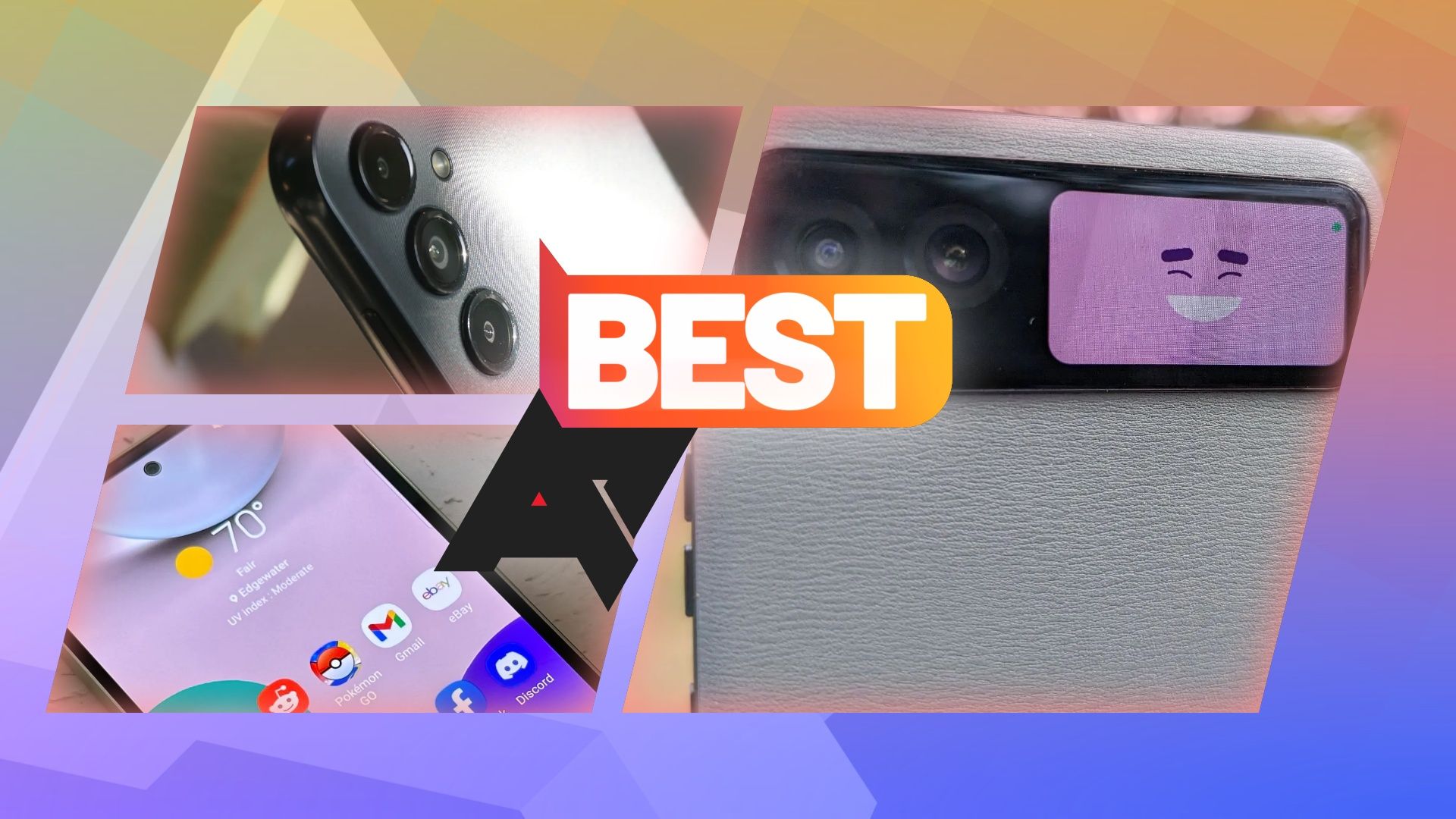
Best budget Android phones in 2024
These days, you don’t have to pay through the nose to get a decent phone
Source link

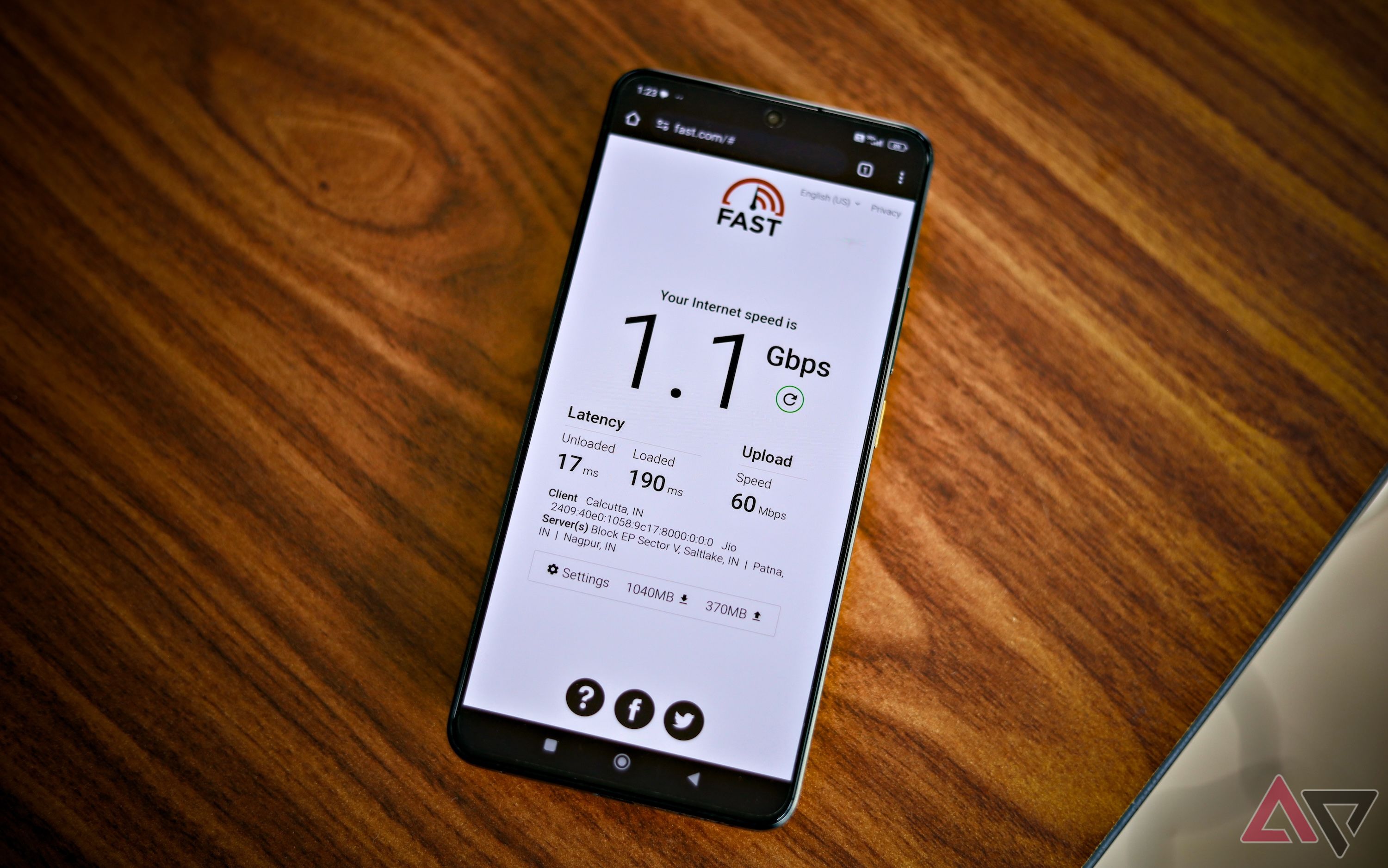
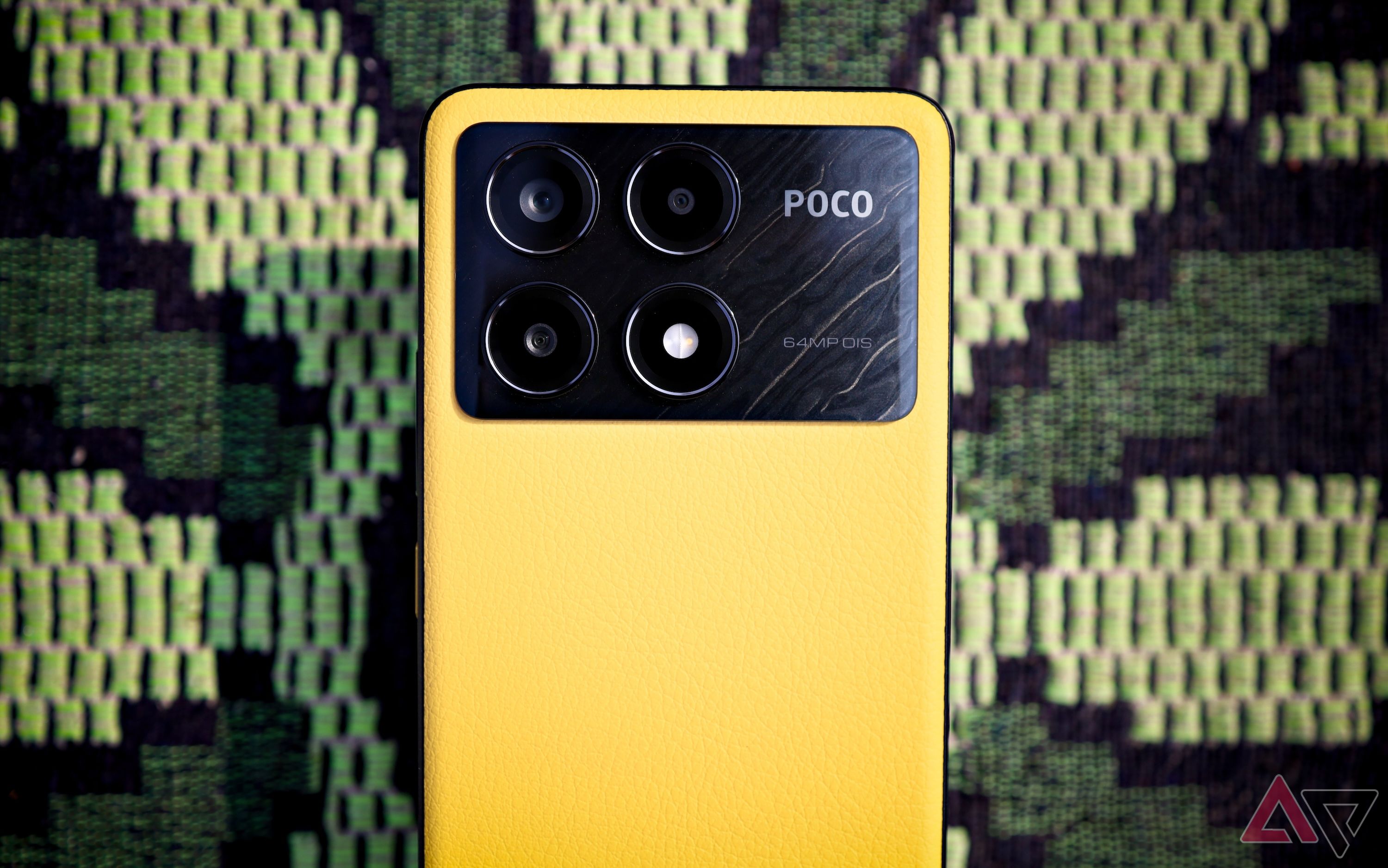
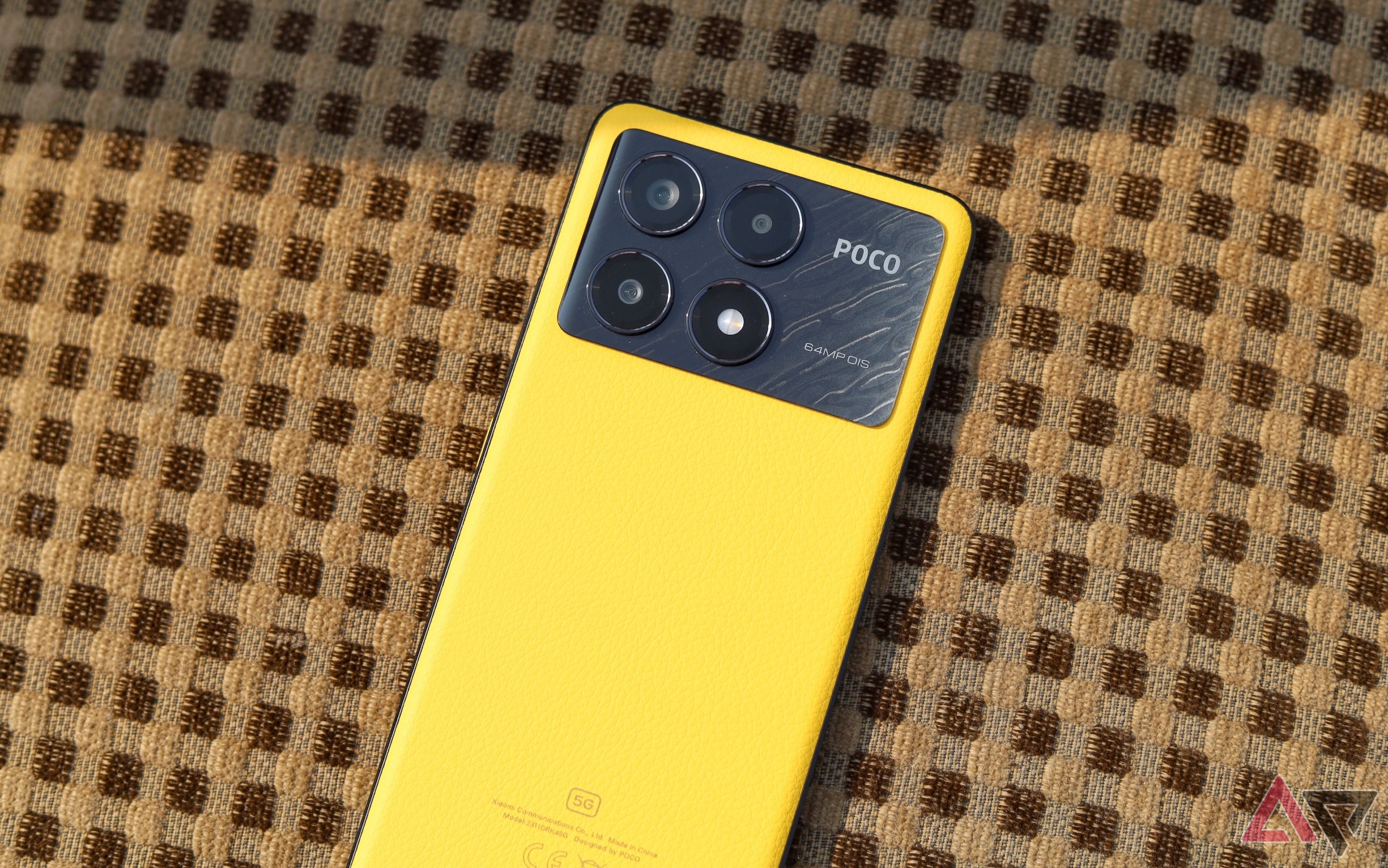

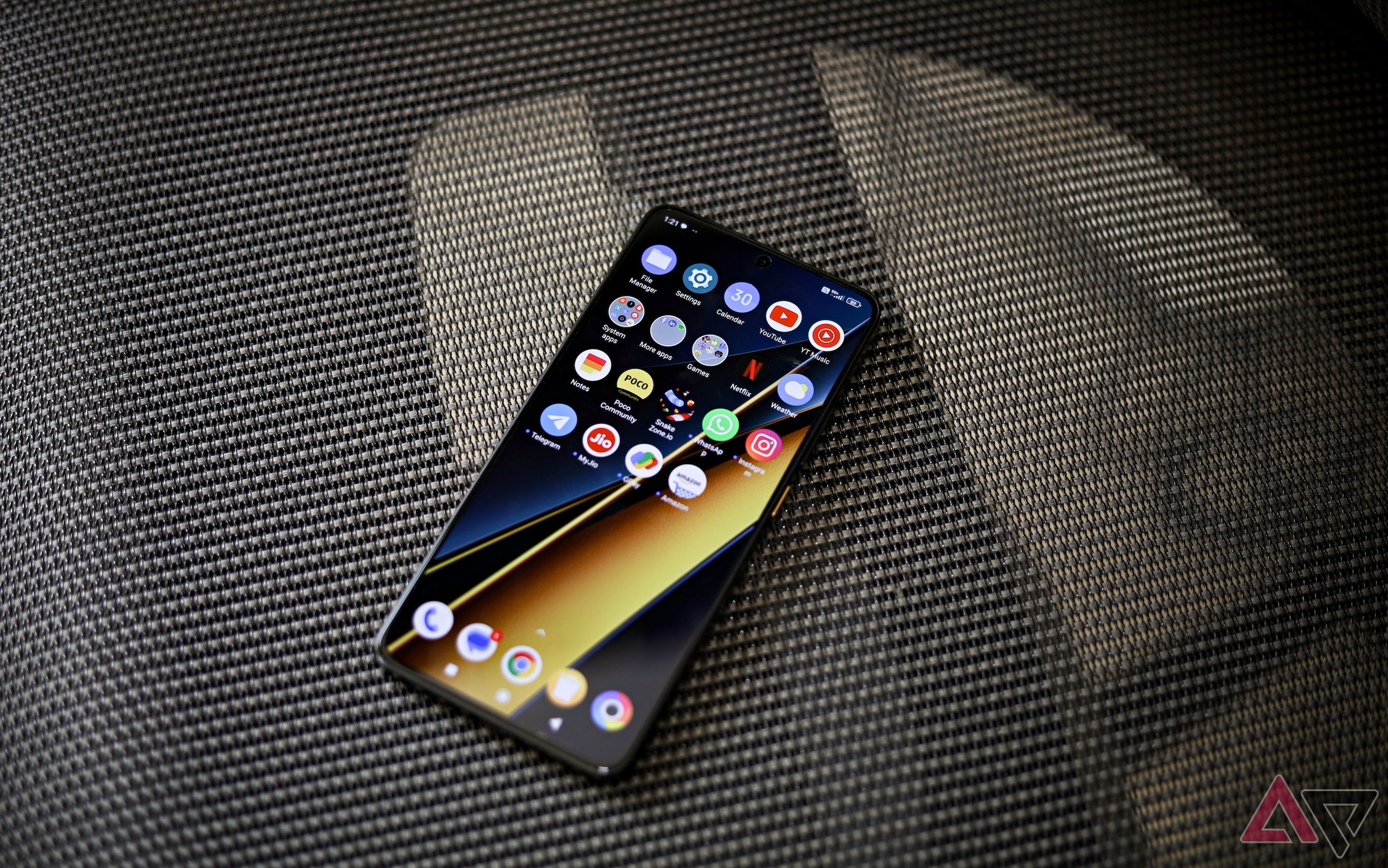


reyd stelton